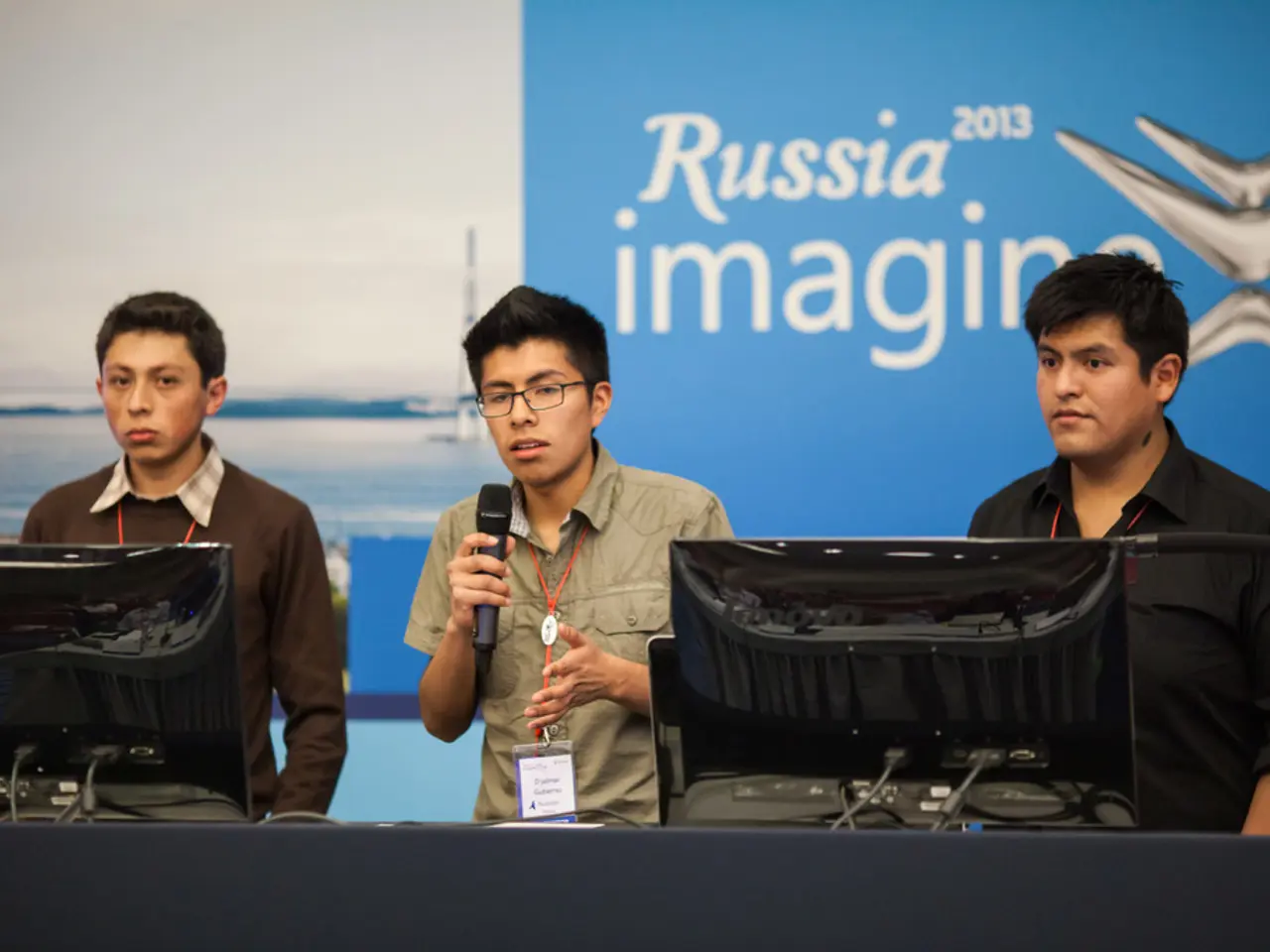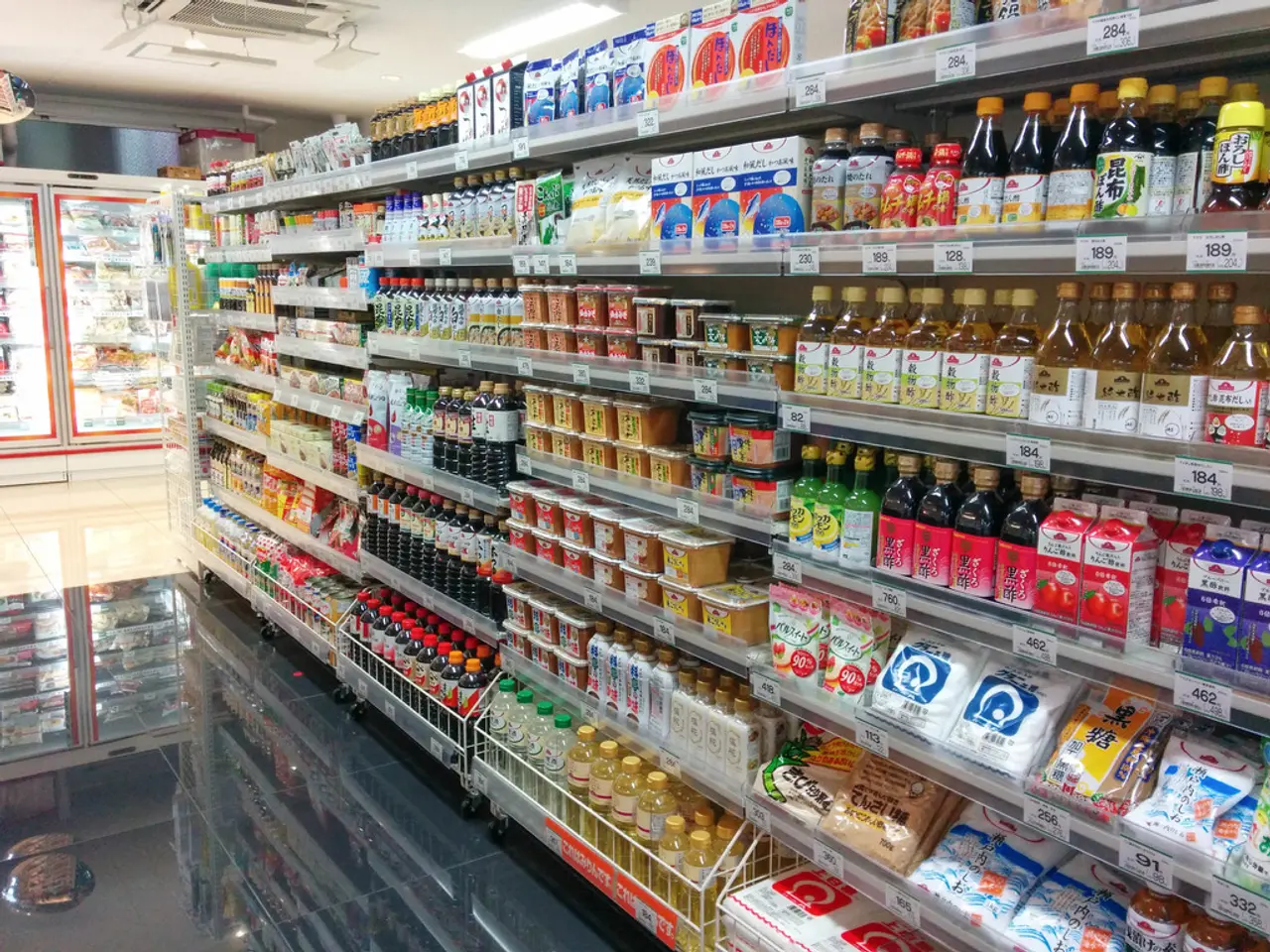Technological Domination: The Methods Employed by Authoritarian Regimes to Maintain Power
In the digital age, authoritarian regimes have found new ways to exert control over their citizens, leveraging technology to create pervasive, scalable, and often invisible systems of surveillance, censorship, and manipulation.
Machine learning and digital tools have become central instruments in modern totalitarianism. Unlike traditional authoritarian regimes relying on visible displays of power or human enforcers, contemporary authoritarianism leverages AI algorithms, pattern recognition, and automated content filtering embedded within everyday technologies to monitor and restrict dissent with minimal human intervention.
One of the key ways digital tools underpin modern authoritarianism is through surveillance systems. AI-powered cameras and sensors track citizen behaviour continuously, supporting real-time or retrospective identification of "undesirable" activities without needing human oversight. In Russia, companies like Microsoft, Kaspersky, Huawei, VK, Yandex, Sber AI, and Gosuslugi have a presence, and their tools are often repurposed for surveillance.
Another method is through censorship algorithms. Automated content filtering and prioritization suppress unfavorable information systematically, shaping public discourse and limiting freedom of expression. Even memes are not safe from censorship, with bots trained to scan social media for disrespectful imagery.
Algorithmic governance is another concerning aspect. Machine learning systems not only collect data but shape what is visible or actionable, effectively restructuring epistemic and political power by controlling how knowledge and choices are presented to individuals. This leads to a form of "governance by interface," where obedience and conformity emerge from the very architecture of interactive technologies.
The implications for free societies are profound and concerning. The erosion of democratic deliberation occurs as AI mediates and often replaces open dialogue with subtle manipulation through micro-interactions, reducing substantive public contestation and critical debate. Opacity and accountability challenges arise as these systems are complex, opaque, and frequently controlled by foreign or private actors, making it difficult to hold them accountable or to ensure they respect human rights and the rule of law.
The normalization of repression occurs as control technologies become embedded in everyday digital infrastructure, leading citizens to self-censor and accept surveillance as routine, which undermines civil liberties and chills political engagement. Control technologies also create new epistemic hierarchies, where access and ability to manipulate AI interfaces become sources of power, leading to informational inequality and a shift away from deliberative governance toward autocratic informational regimes.
In summary, machine learning and digital tools enable a quieter, more technical, and potentially more effective form of totalitarian control that operates through surveillance, censorship, and manipulation embedded in everyday technology. This threatens the foundations of free societies by undermining privacy, transparency, democratic participation, and open discourse.
As the real power lies in the systems, not in the symbols, and the system is watching, it's important to remember that someone built the system, and someone will be asked to answer for it. Modern authoritarianism is quieter and more technical, relying on cameras, servers, and content filters to recognize patterns and enforce control, rather than relying on people like censors, informants, and executioners. Authoritarian governments in the 21st century understand that data is obedience, and those who control the network don't need to shout - they can simply disconnect. In these countries, technology is not just a means of control, but the very environment in which control is realized.
- The intrusive cybersecurity measures employed by authoritarian regimes often involve the use of technology, such as AI-powered cameras and sensors, to oversee citizens' activities with minimal human intervention, creating a system of continuous surveillance.
- In the realm of general-news discussion, the role of censorship algorithms in systematically suppressing unfavorable information through automated content filtering and prioritization cannot be underestimated, as they significantly impact public discourse and the freedom of expression.




